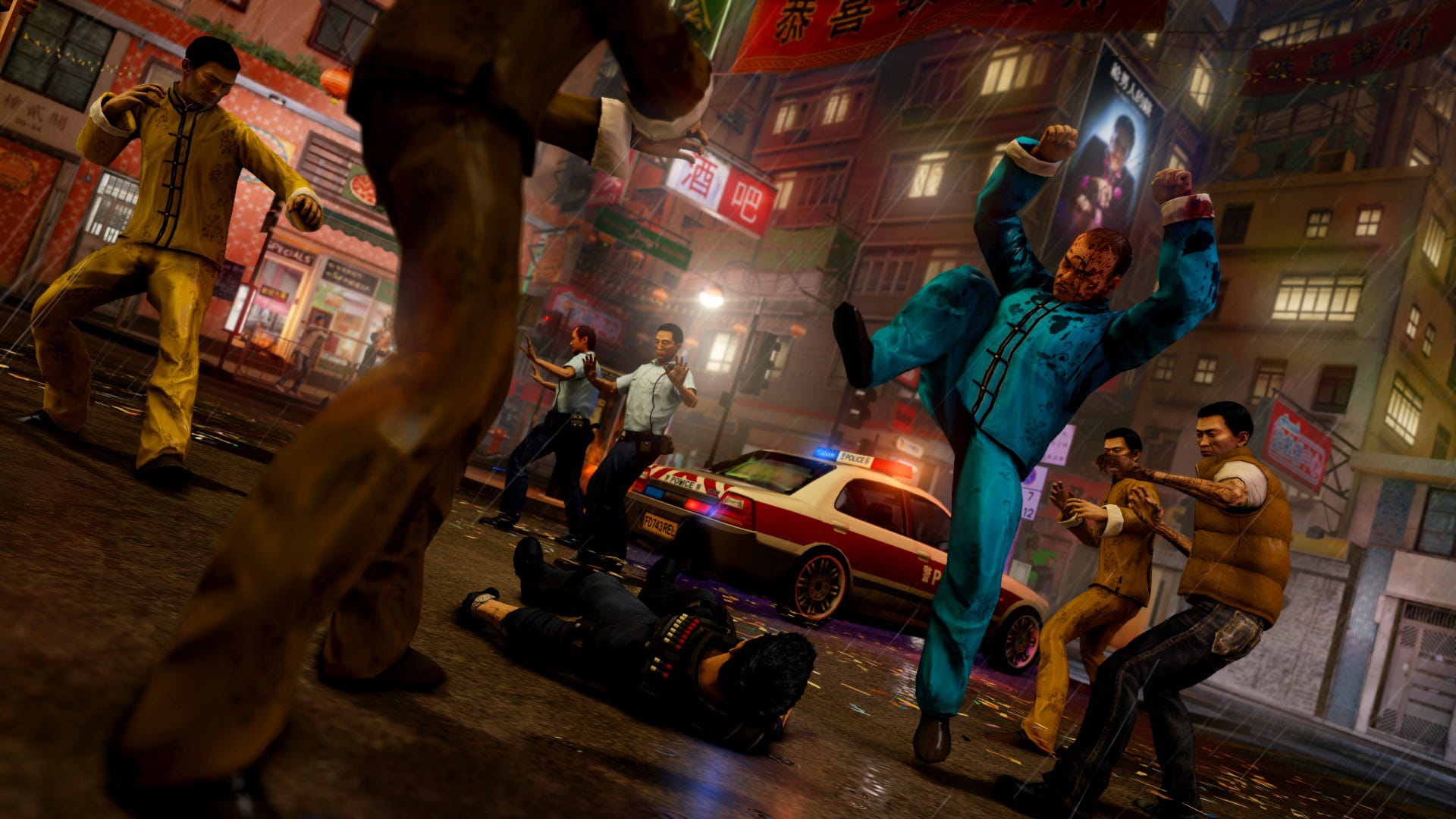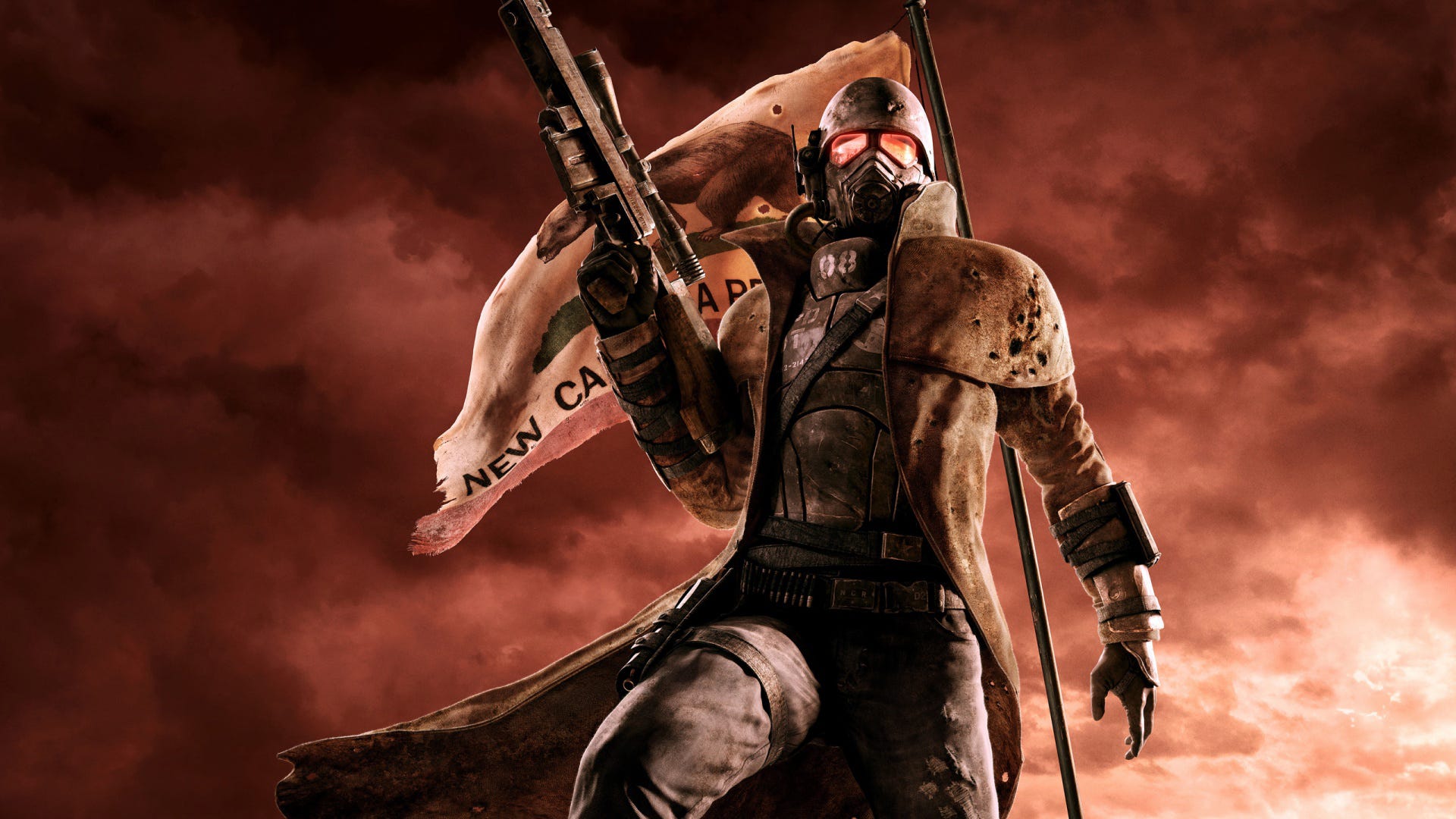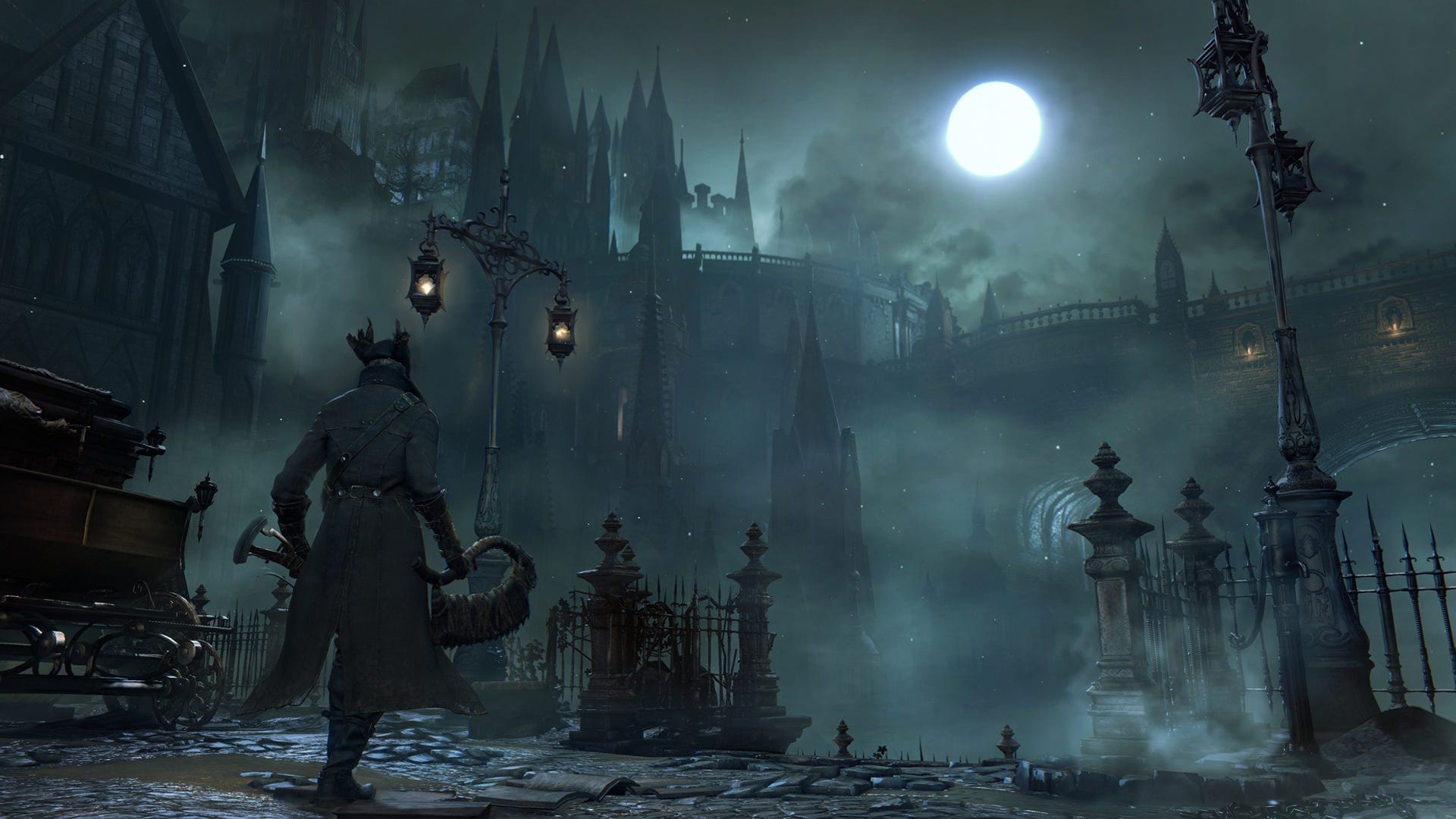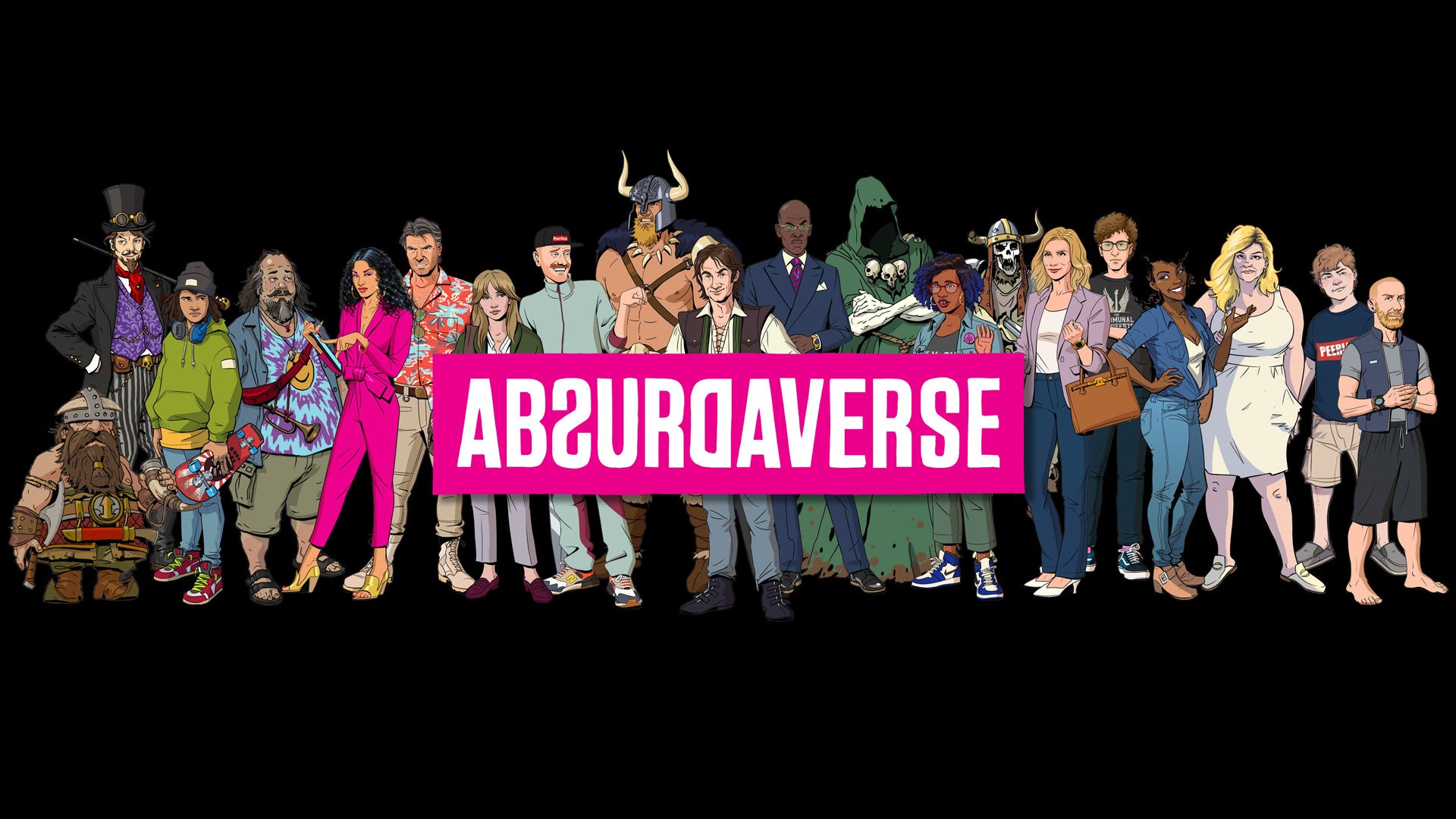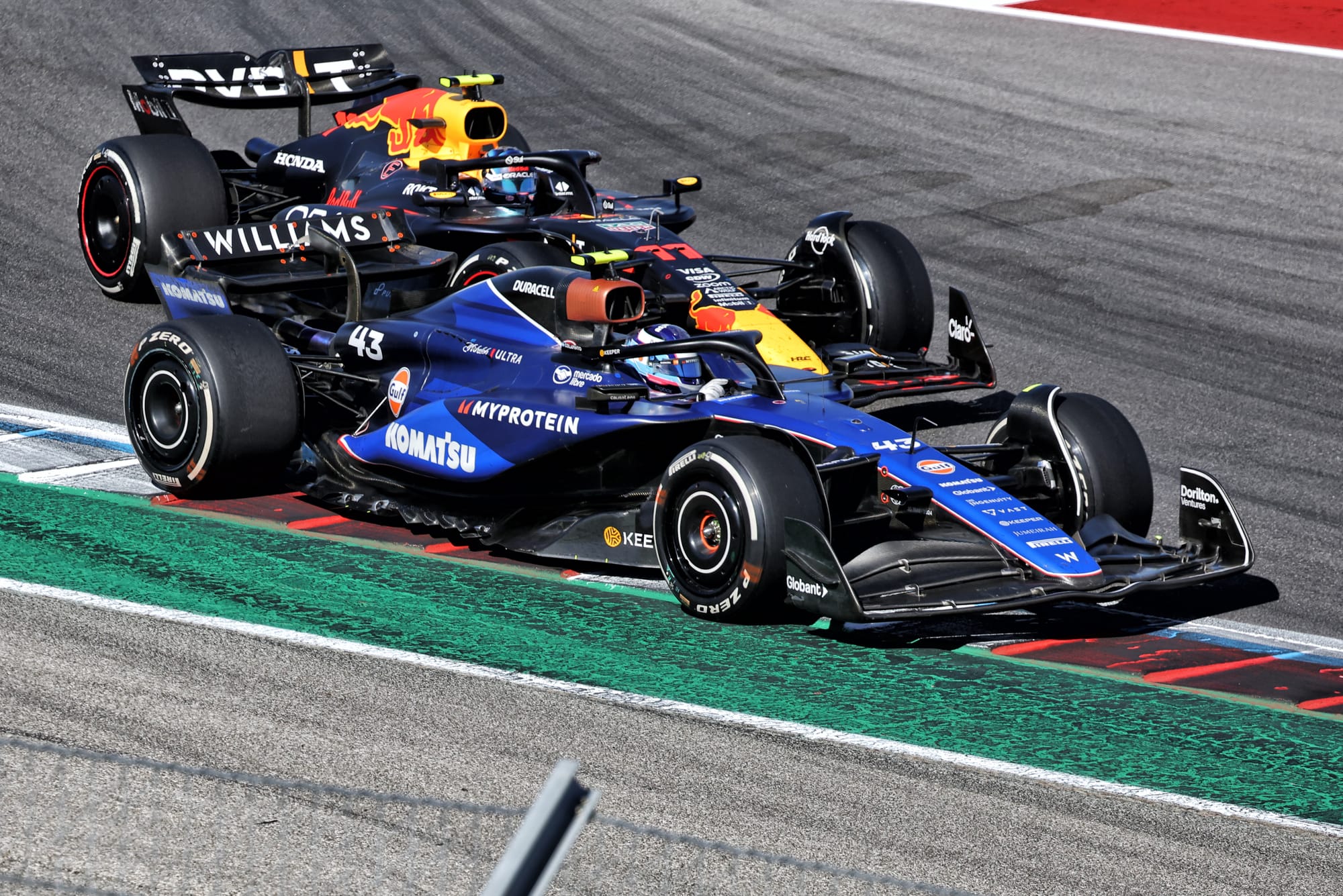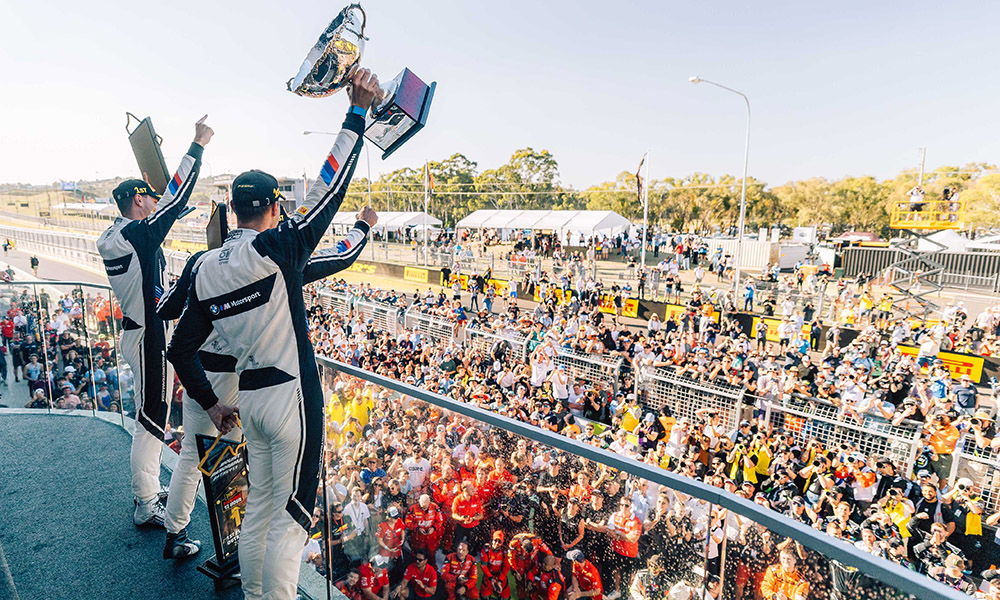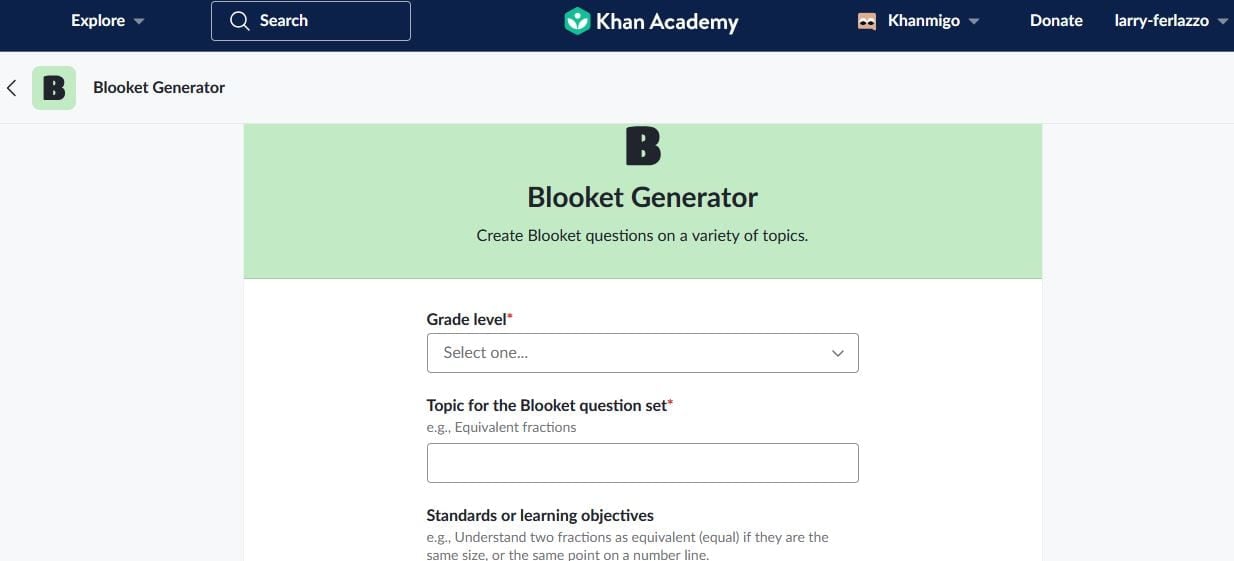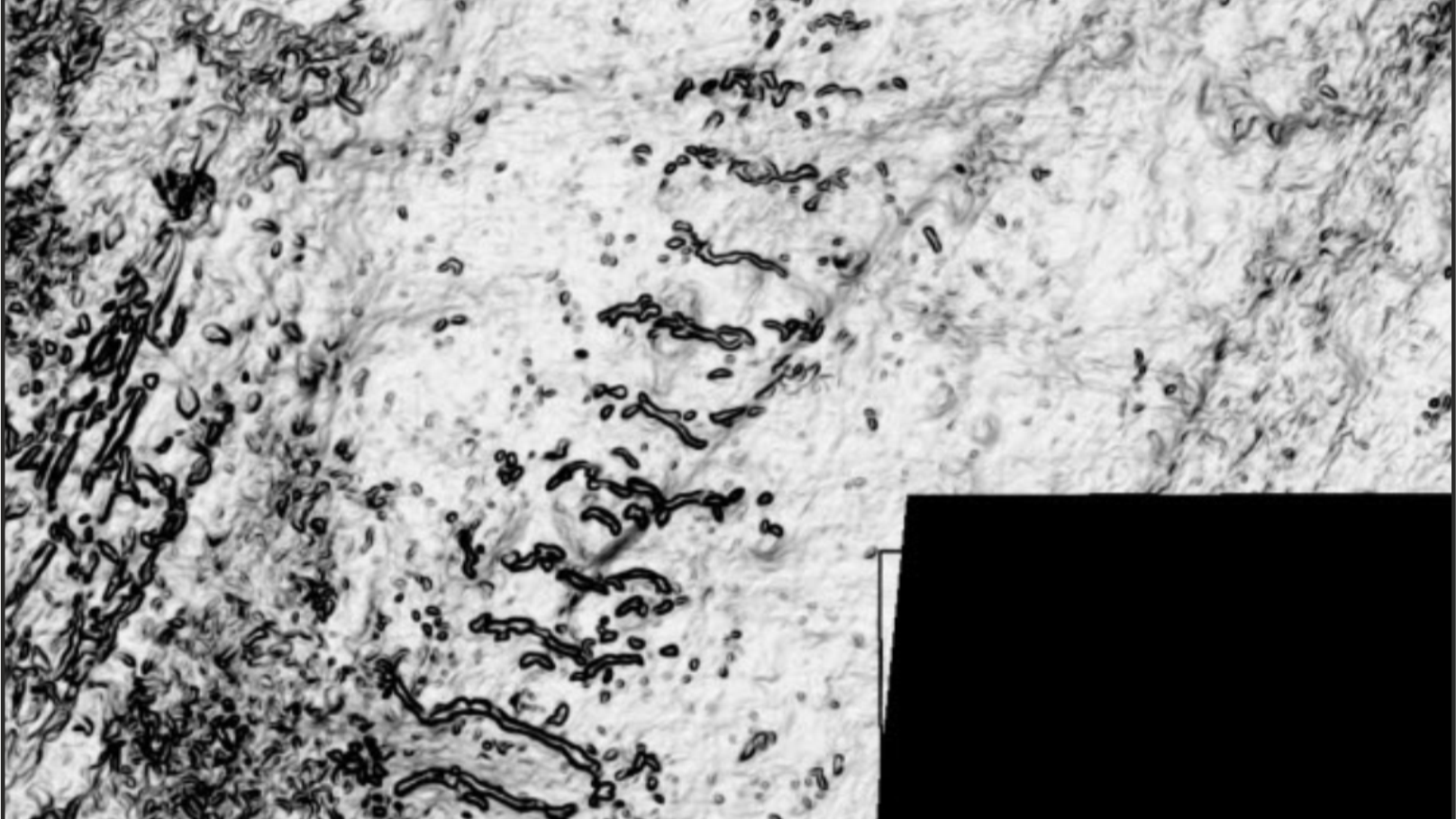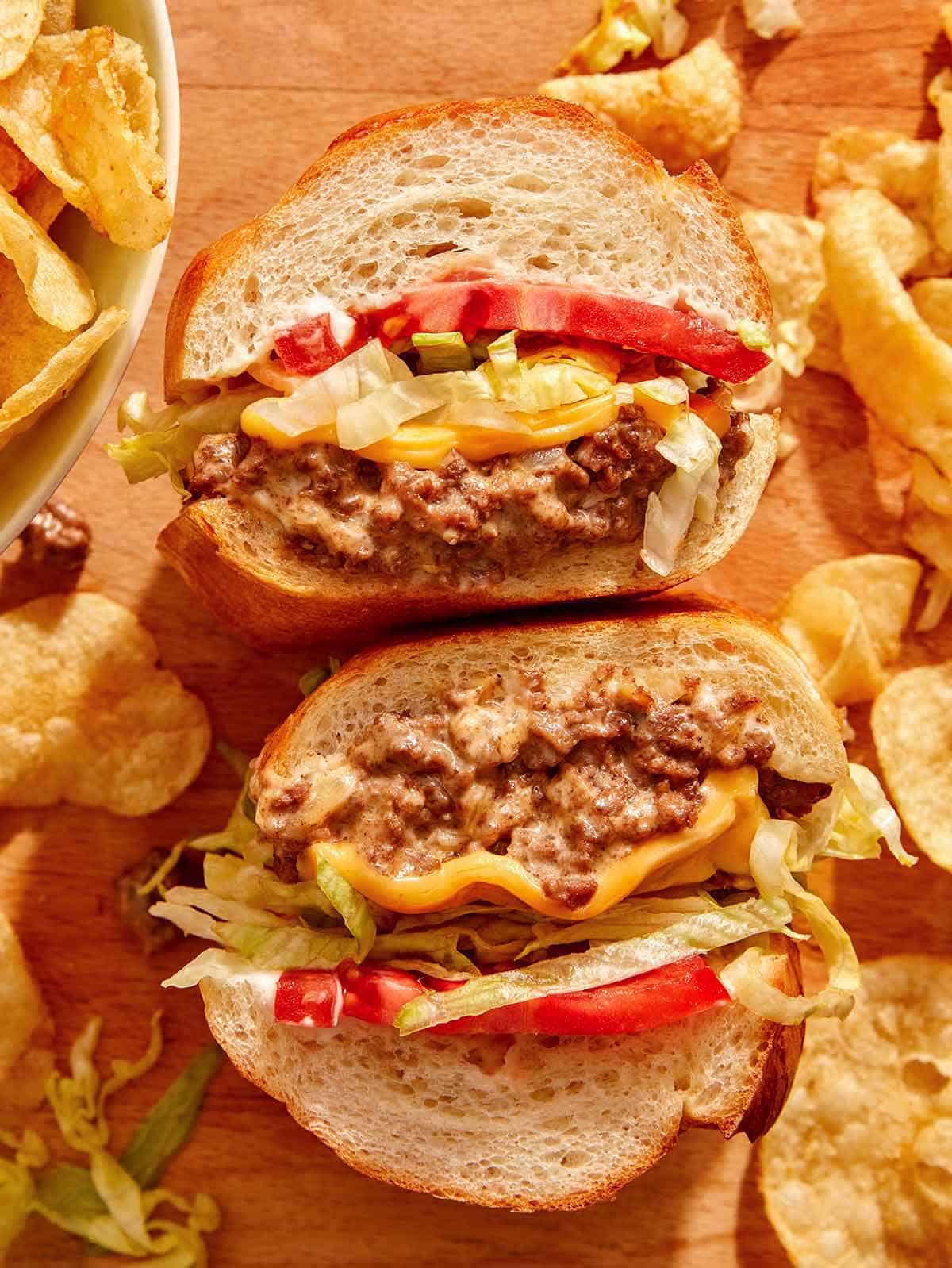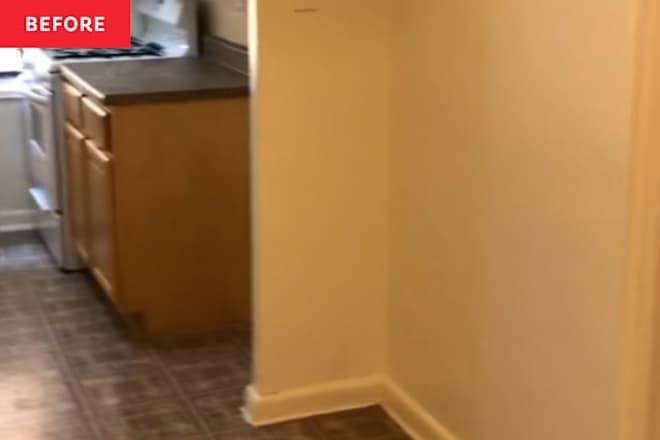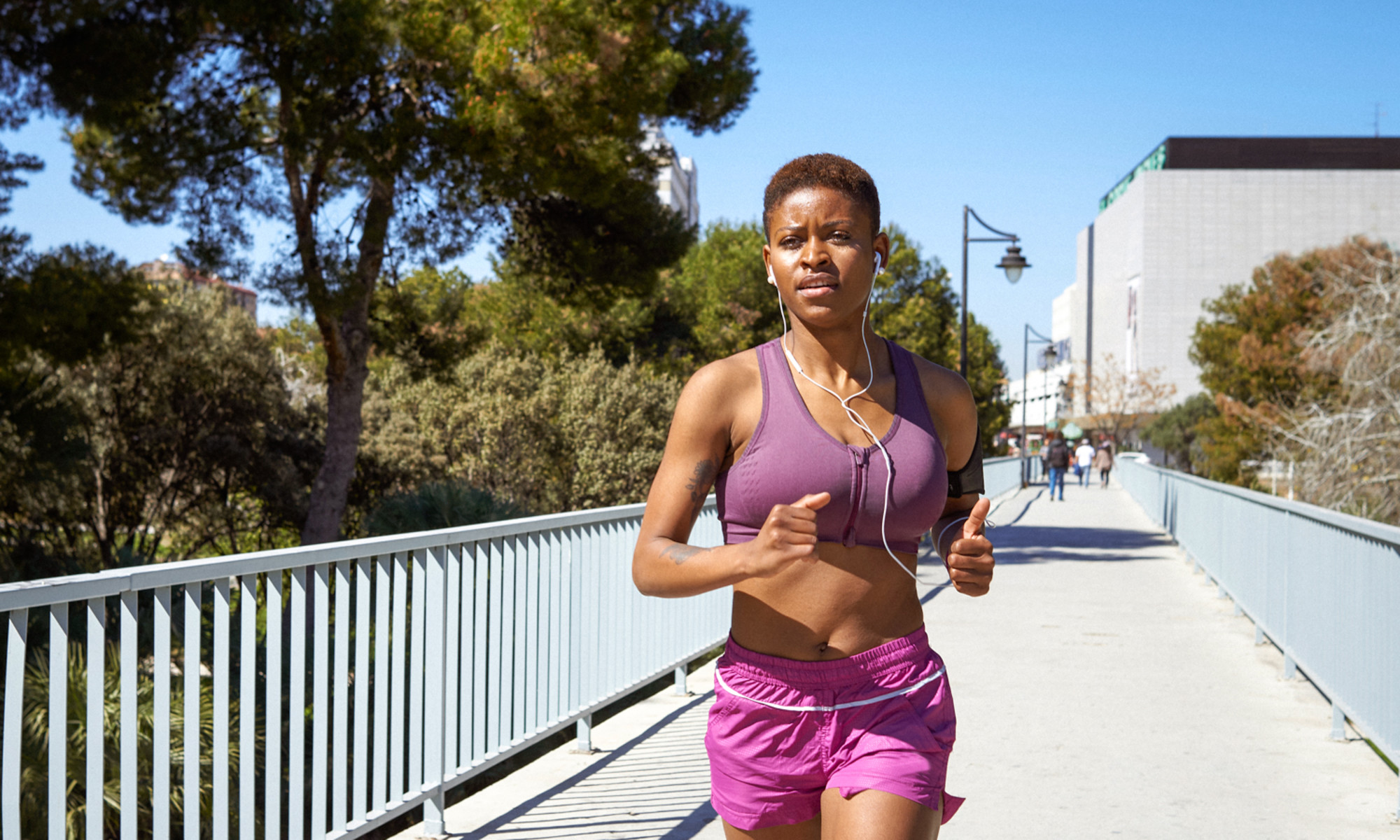Best Squat Variations to Build Full-Body Power and Muscle
Spice up the king of all exercises with squat variations that'll hit your muscles from new angles and contribute to huge new strength gains.
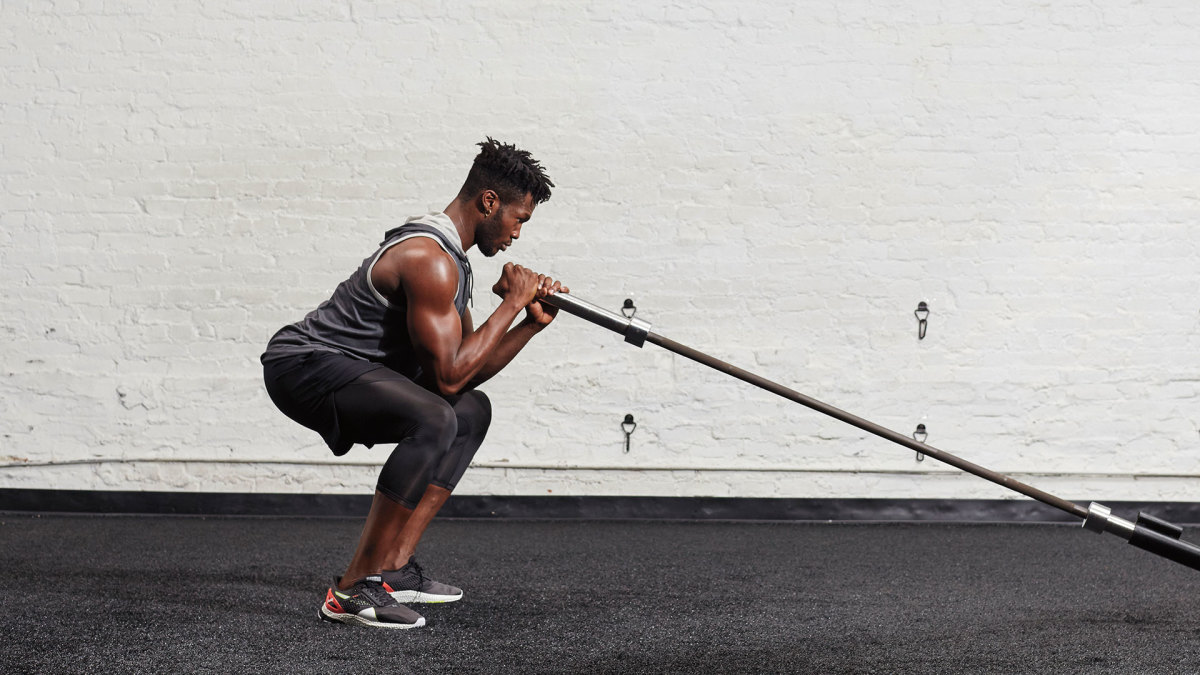
You know that the humble squat is one of the best exercises there is for building lower-body strength—and you're probably already working them into your fitness routine pretty regularly. Good for you. But are you taking advantage of squat variations? Outside of building muscle, squat exercises can amp up human growth hormone production, improve your flexibility, and reduce your risk for injury in your other athletic endeavors.
Squats are a highly functional exercise and part of the basic movement patterns: push, pull, squat, lunge, hinge, and carry. By shifting the weight, your stance, or both, you can emphasize different muscle groups and skills that translate into improved performance in daily life, the gym, and any sport. Whether your goal is to get shredded, stay in shape, or simply to feel (and look) good, you should be switching up your squat variations regularly, says New York City-based personal trainer Nick Rodocoy.
Here are the top seven squat variations that will help you to build a rock-solid physique.
Related: 10 Best Bodyweight Leg Exercises for Size and Strength
Top 15 Squat Variations for Powerful Legs
1. Barbell Back Squat
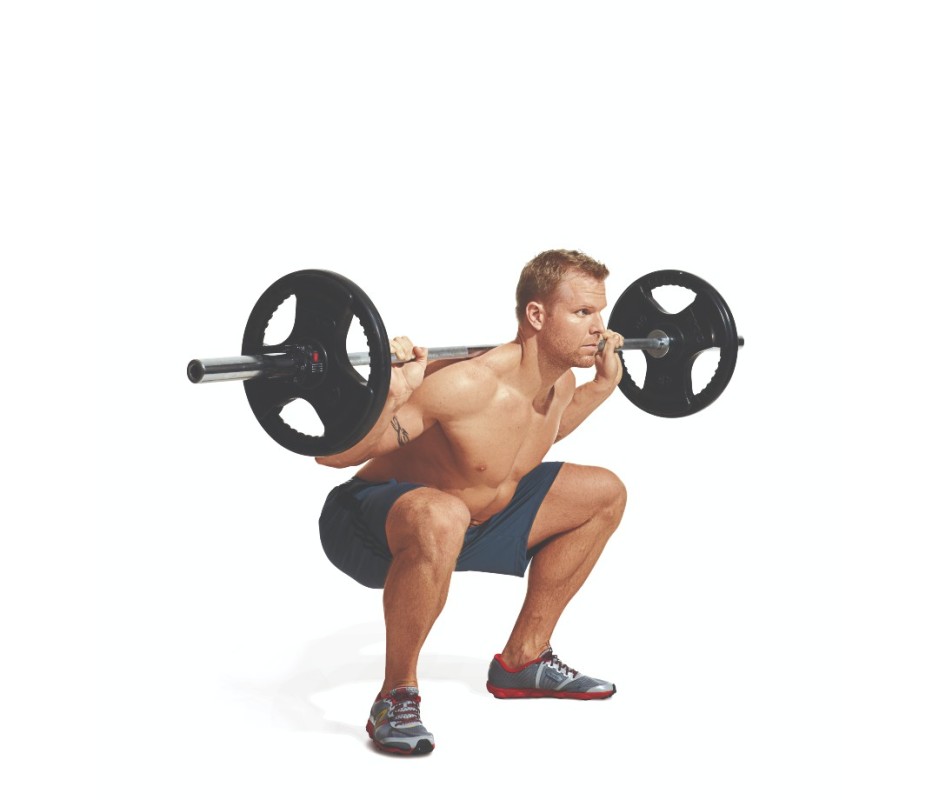
Beth Bischoff
The most popular squat variation is arguably the barbell back squat, which is one of the "big 5" compound lifts, along with the shoulder press, bench press, deadlift, and barbell row. It's a tough exercise, but one that builds foundational strength and function in the body and should be learned by every serious lifter.
Muscles worked: Quads, glutes, core.
Read the primer on how to do barbell squats. James Michelfelder & Therese Sommerseth Ready to really challenge your overall core strength? Instead of putting that barbell on your back, try holding it in the crooks of your elbows, a move called the Zercher squat. By positioning the load lower and in front of your body, the Zercher squat challenges your back and shoulders to support the weight without stooping over, all while your hips and legs have to do the work of, y'know, squatting. But take it easy at first—this position is far more demanding than the usual squat, so make sure you start light and work your way to a comfortable weight. Here's a primer on how to do it. Beth Bischoff The barbell front squat activates the anterior chain (front half of body) more than the back squat. Again, proper form is crucial when racking the barbell on your shoulders: “Activate your lats by rounding your shoulders and shrug to provide the perfect shelf; and remember to take a deep breath when lowering into the squat, then exhale and explode on your way up,” says Valentin. The Best Exercises For Each Muscle According to Science >>> Beth Bischoff The split squat—shown here with a "landmine" barbell setup—is a simple move that requires balance and stability with both feet on the ground for each of the three weighted variations listed below. Muscles worked: The side load engages the forearm muscles, the back load will hit more glutes and hams, and the front load will be the most quad dominant, according to Rodocoy. James Michelfelder & Therese Sommerseth The goblet squat is a key beginner strength and conditioning move. The exercise incorporates the fundamental movements needed to complete the basic squat and will allow you to advance to more difficult lifts or variations. For this move, hold a kettlebell up to your chest and use your hips and back to sink the weight into the heels. The Perfect Workout to Build Muscle >>> Dustin Snipes Leg strength is crucial for the pistol squat as it requires balancing in a crouch position on one leg. To retain balance, keep your arms and free leg stretched out in front of you. For starters, Rodocoy suggests using a bench to assist you, then as you progress in this variation, tack on weight and perform it on a flat surface. Muscles worked: quads, core, hamstrings, and glutes. Justin Steele Stand facing landmine, holding barbell fist-over-fist so thumbs are on top. Step back so body leans forward, placing some bodyweight into barbell (A), to start. Drop down into a squat so barbell is just under chin (B), then reverse for 1 rep. Muscles worked: hamstrings, quads, glutes, abs, triceps, delts, and traps. James Michelfelder & Therese Sommerseth The overhead squat is a tricky, difficult variation to perform because if not done correctly, you could seriously injure yourself. But it's worth mastering: This move is crucial for weightlifters, as it helps build strength to complete the snatch and clean and jerk, says Rodocoy.“When having the weight overhead, your shoulder blades should be squeezed together with arms locked in place; your hands should be aimed towards the ceiling—not driving the weight back; and you also want your head to be poking through your arms to keep the weight in line with your shoulders, hips, and heels," says Valentin. Muscles worked: every single muscle in the body. Beth Bischoff The skater squat is a challenging single-leg exercise that demands balance, coordination, and lower body strength. It's an ideal squat variation for athletes or anyone wanting to improve their agility, especially for sports that require single-leg power like skating, snowboarding, or running. Think of it as a single-leg squat with a focus on control. Begin by standing on one leg with the other leg slightly bent behind you. Keeping your back straight and core engaged, slowly lower your hips towards the ground as if reaching back with your non-stance leg to touch the floor. Focus on maintaining balance throughout the movement. Pause briefly at the bottom, then drive through the heel of your standing leg to return to the starting position. Muscles worked: Quads, glutes, and hamstrings. Beth Bischoff Unlike traditional back squats, the dumbbell front squat variation places the dumbbells in front of your shoulders so your center of gravity shifts to place more demand on your quads and core. Also, by holding the dumbbells in front, your posture can remain more upright, which makes it easier for people with limited mobility or back issues to get deeper in the squat. To perform the dumbbell front squat, hold a dumbbell in each hand at shoulder height, with your elbows pointing forward. Keep your spine neutral and brace your core as you descend into a squat, pushing your knees out in the direction of your toes. Drive through your feet to return to the starting position. Muscles worked: Quads, core. Beth Bischoff The Bulgarian split squat is deceptively challenging, so go lighter than you think you'll need to until you get used to the movement pattern. It tests your single-leg strength, balance, and stability since your rear foot is elevated, which forces the front leg to work harder and recruit more muscle fibers in the quads, glutes, and hamstrings. Unlike bilateral squats, where both legs share the load, the Bulgarian split squat isolates each leg, which can correct for any strength imbalances. You'll also feel your core fire up and get a boost for your hip flexor mobility which helps with injury prevention and athletic performance. Muscles worked: Glutes, quads, hamstrings, core. See more about how to do split squats and their benefits. Beth Bischoff The Bulgarian split squat requires more balance and stability than the standard split squat because your back foot is elevated. This version uses a suspension trainer, so your balance will be challenged even more. Plus, the non-working leg and lower back are removed from the lift, and the weight goes directly into your glutes, quads, and hips, says Rodocoy. Muscles worked: glutes, quads, and core. The box squat is a powerlifting staple that incorporates a pause on a box at the bottom of the movement. Powerlifters use this squat variation to improve their explosive strength but it's a great move for anyone looking to increase their PR since you can go heavier and get used to feeling the weight. By sitting back onto the box, you eliminate the stretch reflex, which forces your muscles to work harder to initiate the upward movement and get out of "the hole." It's a great move to improve squat mechanics and starting strength. To perform the box squat, position a box behind you at a height that allows your thighs to be parallel to the floor when seated. Place a barbell across your upper back and sink into a squat with control until your glutes touch the box. Pause for a count or two, keeping the tension in your body. Explosively drive through your feet to stand back up. Muscles worked: Glutes, quads. Sumo squats are a wider stance squat variation of the traditional squat. Your feet should be externally rotated, which shifts the emphasis to your adductors (inner thighs) and glutes. It also reduces lower back strain and can be a more comfortable variation for people with limited ankle mobility, which is a lot of us. Your knees and hips will also benefit from added mobility and stability by getting deep into this squat. A bodyweight version of the sumo squat is excellent for waking up your hips, knees, and ankles, but loading this by holding a kettlebell or dumbbell in your hands will blast your glutes and adductors even more. Advanced lifters can try this with a barbell on their backs for even more challenge. Muscles worked: Glutes, quads, hamstrings, and adductors. Learn how to do them, along with a ton of other killer leg exercises you can do at home. Beth Bischoff More of a plyometric power move than a strength building move, the jump squat is ideal for cardio circuits, metcons, and athletic training. Adding the jump squat variation into your routine can build power, explosiveness, speed which translates into better performance for other lifts and sports. Muscles worked: Quads, glutes, calves, hamstrings. The jump squat is a great squat variation to add to an at-home leg workout.
2. Zercher Squat

Muscles worked: glutes, hamstrings, quads, lower back, and core. 3. Barbell Front Squat
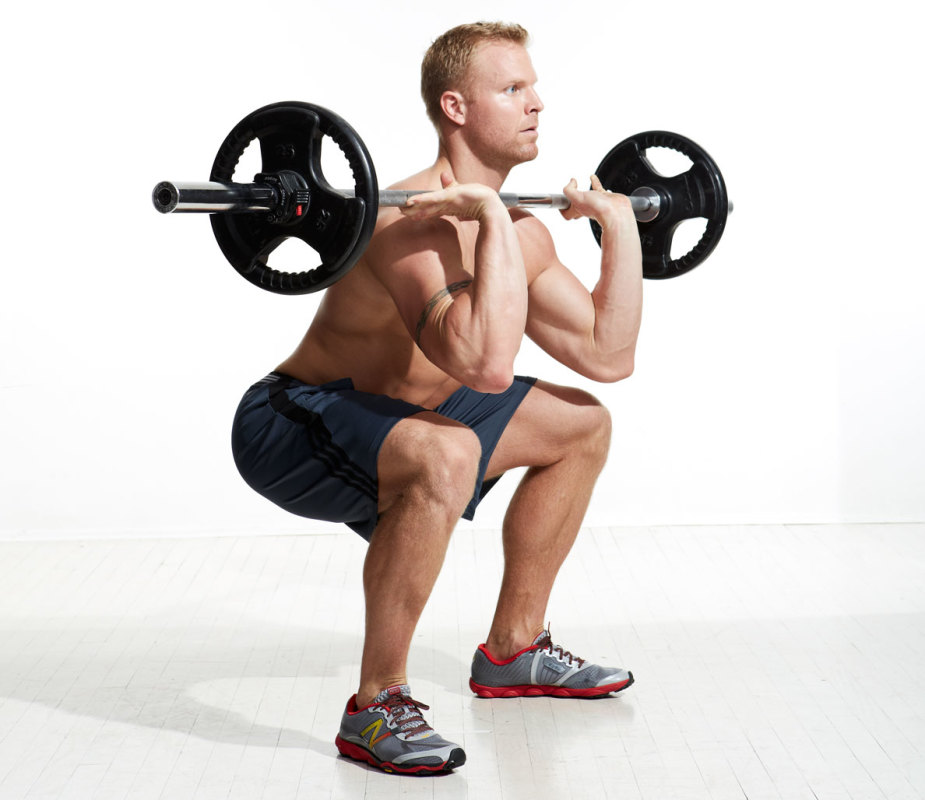
Muscles worked: glutes, hamstrings, quads, lower back, core, and lats.4. Landmine Split Squat

5. Goblet Squat
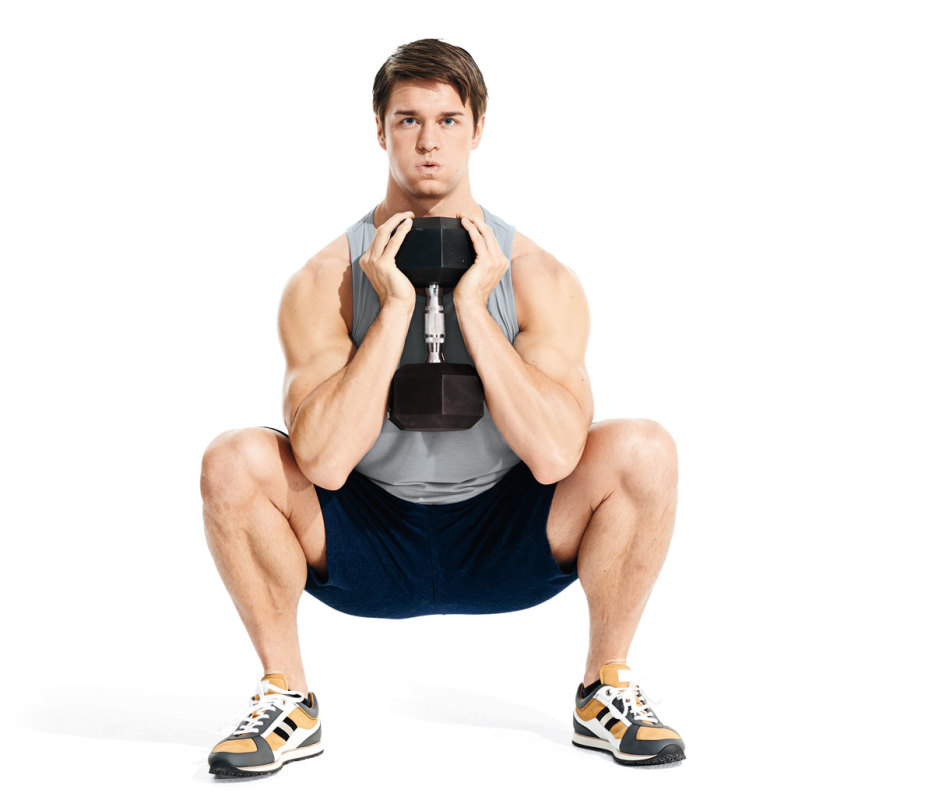
Muscles worked: quads, glutes, and hamstrings.6. Pistol Squat

7. Landmine Squat
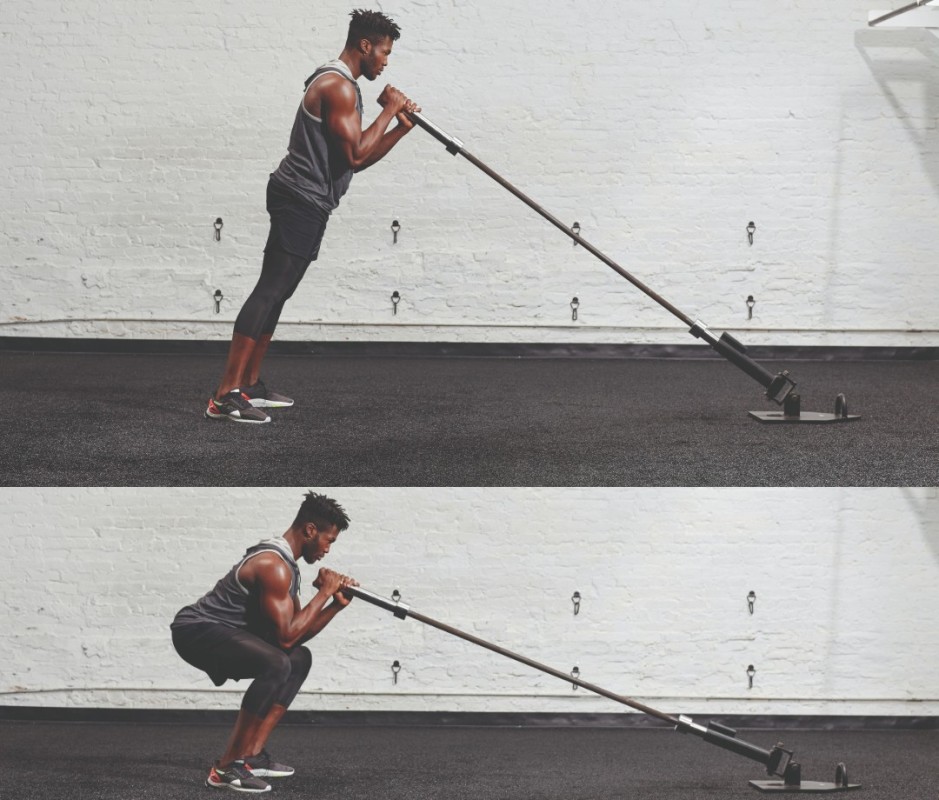
8. Overhead Squat

9. Skater Squat
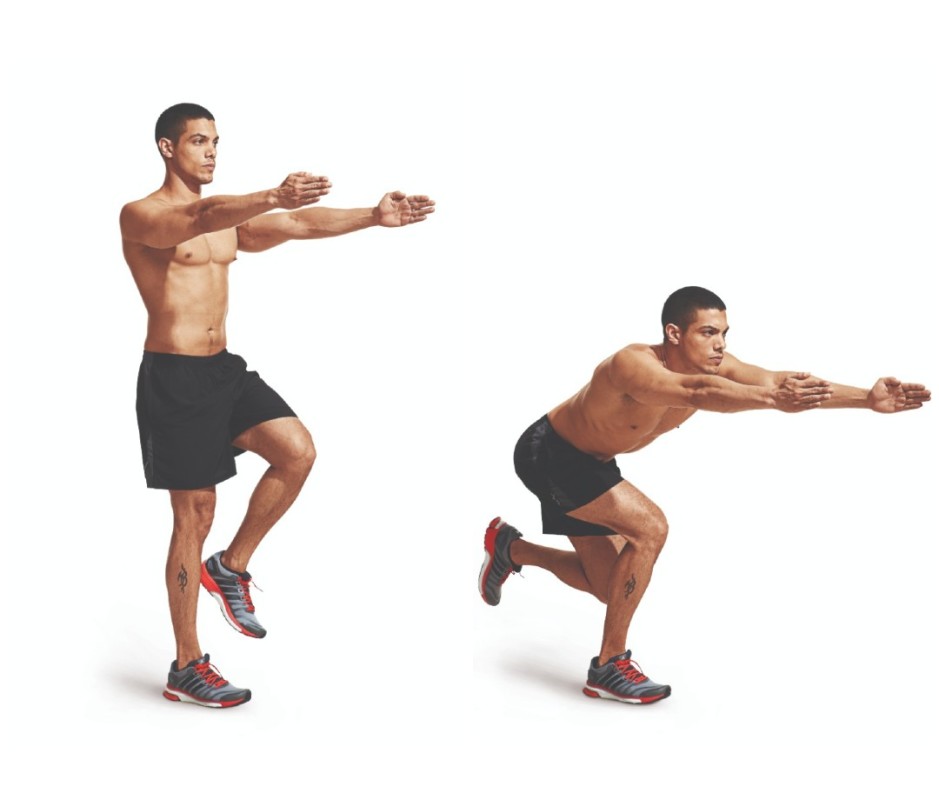
10. Dumbbell Front Squat

11. Bulgarian Split Squat
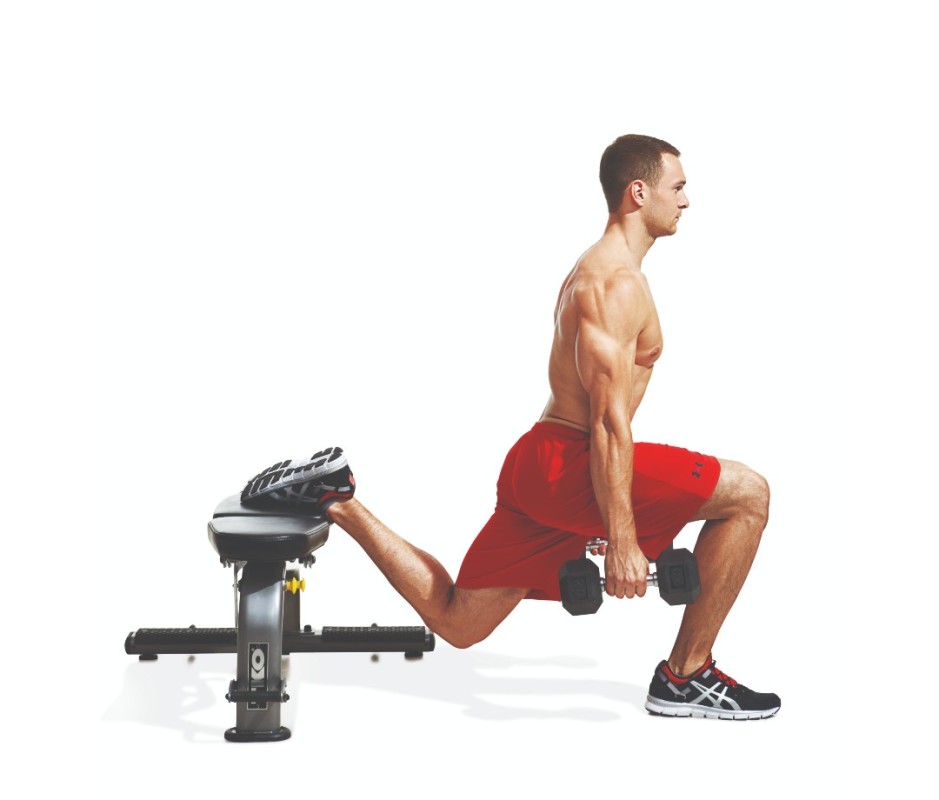
12. Suspension Trainer Bulgarian Split Squat

13. Box Squat
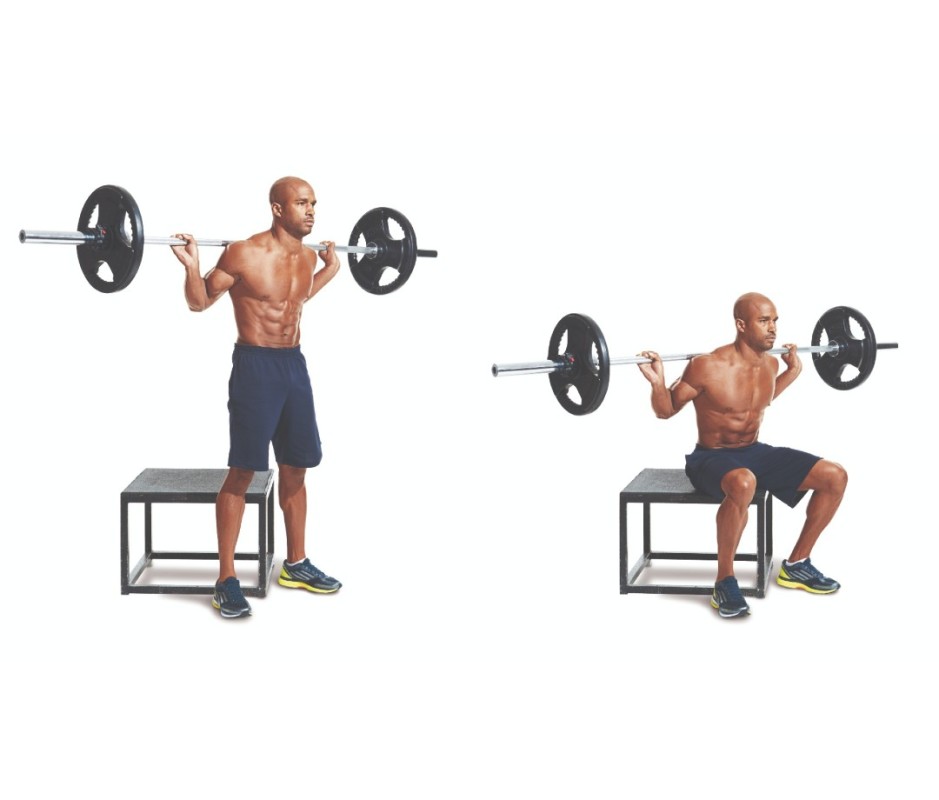
14. Sumo Squat

15. Jump Squat
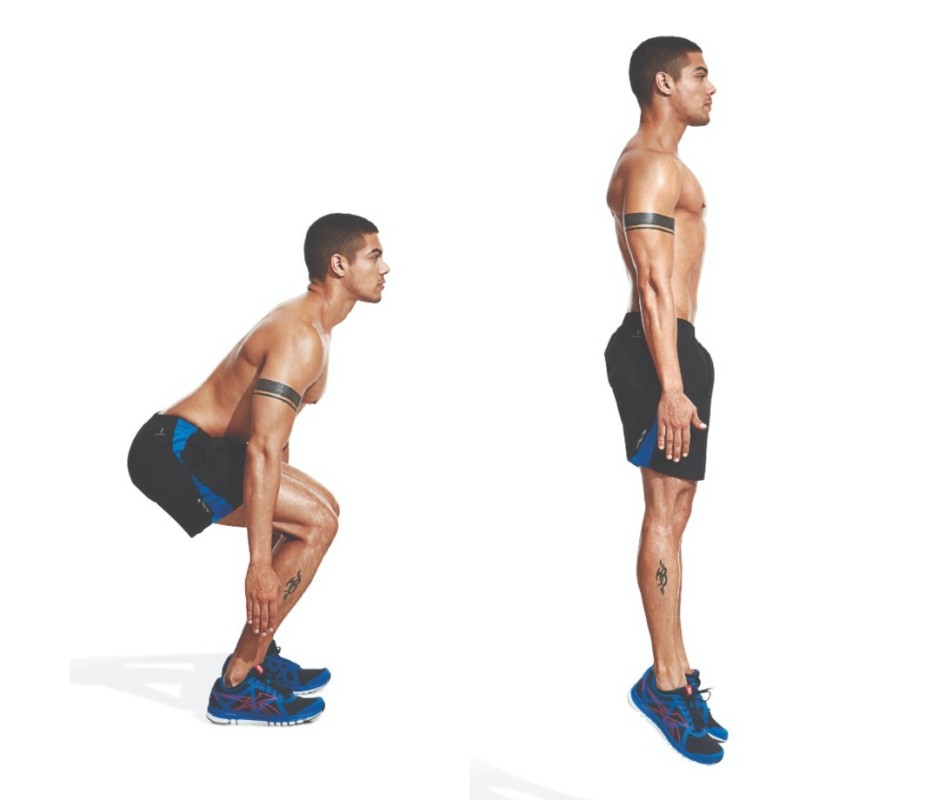
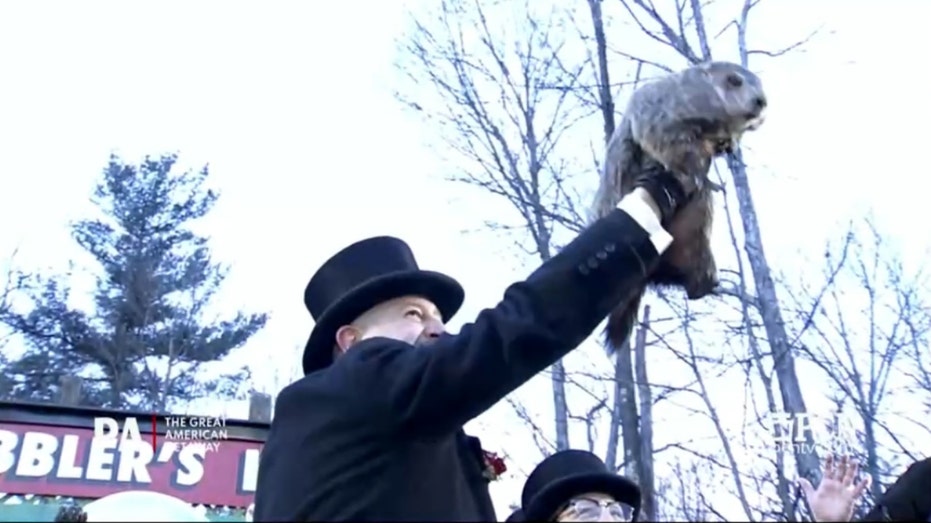

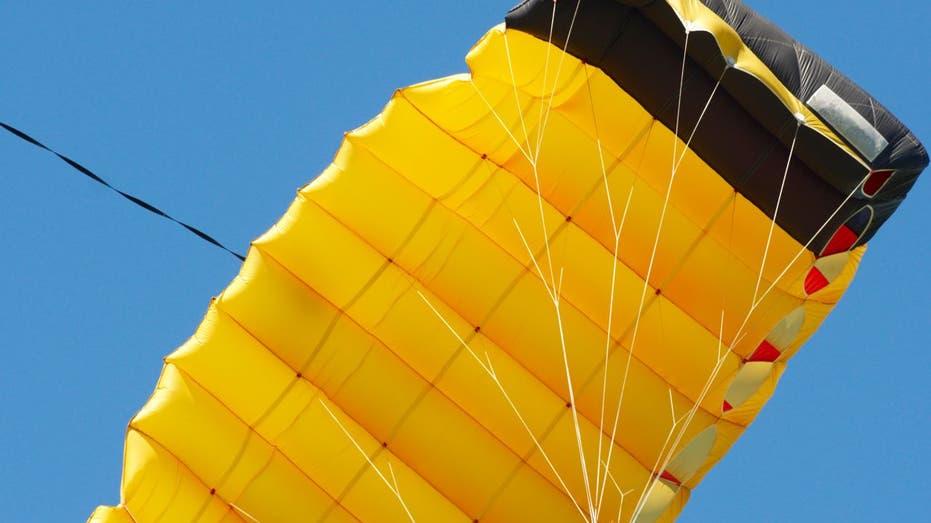






![[DEALS] iScanner App: Lifetime Subscription (79% off) & Other Deals Up To 98% Off – Offers End Soon!](https://www.javacodegeeks.com/wp-content/uploads/2012/12/jcg-logo.jpg)









